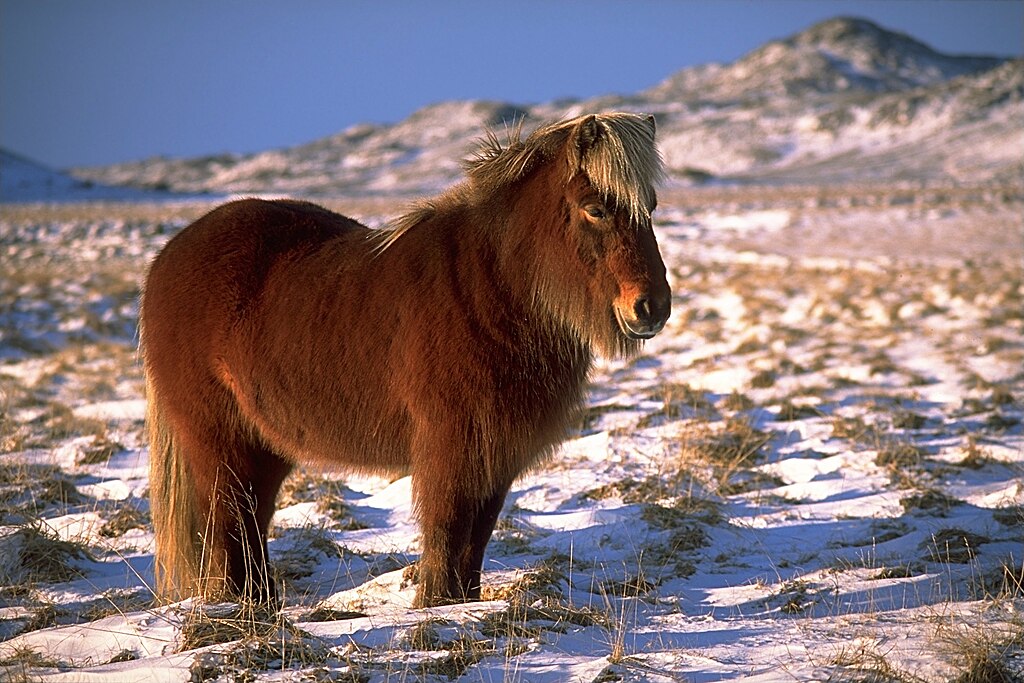Horses are sophisticated communicators who primarily express themselves through body language. As herd animals evolved to detect subtle changes in their environment and fellow equines, they’ve developed an intricate non-verbal communication system. Learning to interpret your horse’s body language isn’t just fascinating—it’s essential for building trust, ensuring safety, and deepening your partnership. Unlike humans who rely heavily on verbal communication, horses speak through ear positions, facial expressions, tail movements, and overall body posture. By becoming fluent in their silent language, you’ll gain valuable insights into their emotional state, needs, and responses to your cues. This understanding transforms your interactions from mere direction to meaningful conversation, creating a foundation for a harmonious relationship built on mutual understanding.
Understanding Equine Communication Basics
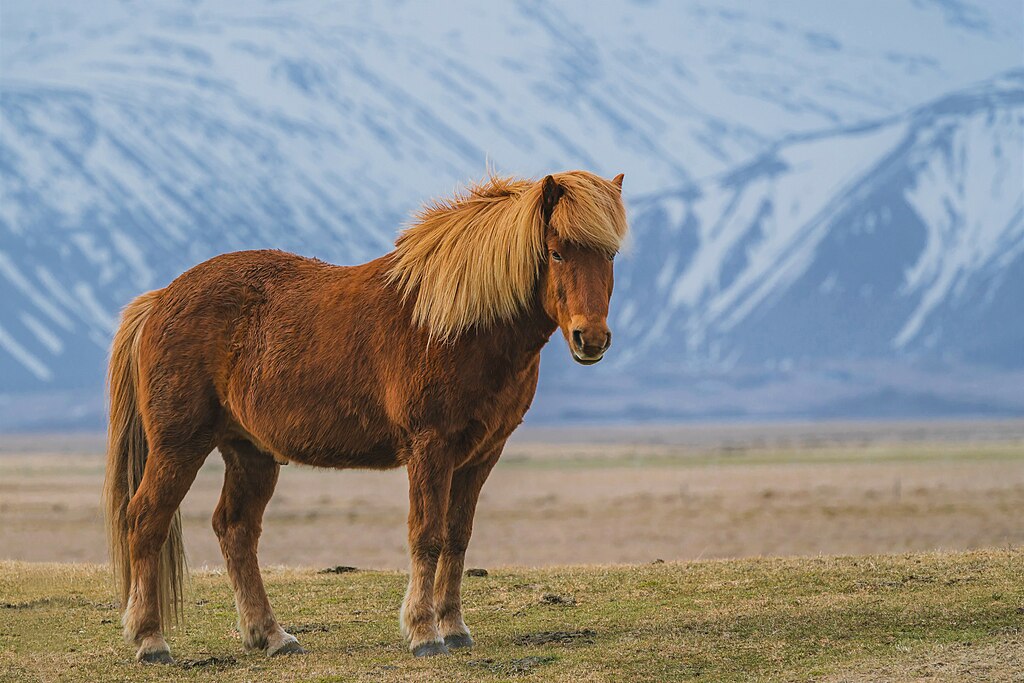
Horses are prey animals who have evolved sophisticated communication systems to survive in the wild. Their hypersensitivity to environmental changes and ability to detect subtle shifts in energy make them incredibly responsive to both their surroundings and their handlers. As social creatures who naturally live in herds, horses have developed a nuanced language of gestures, postures, and expressions that allow them to coordinate group movements and maintain social hierarchies. Understanding this evolutionary context helps explain why horses respond the way they do—their body language isn’t random but reflects thousands of years of adaptive behavior. When working with horses, remember that they’re constantly communicating, even when you might not be consciously listening.
Decoding Ear Positions
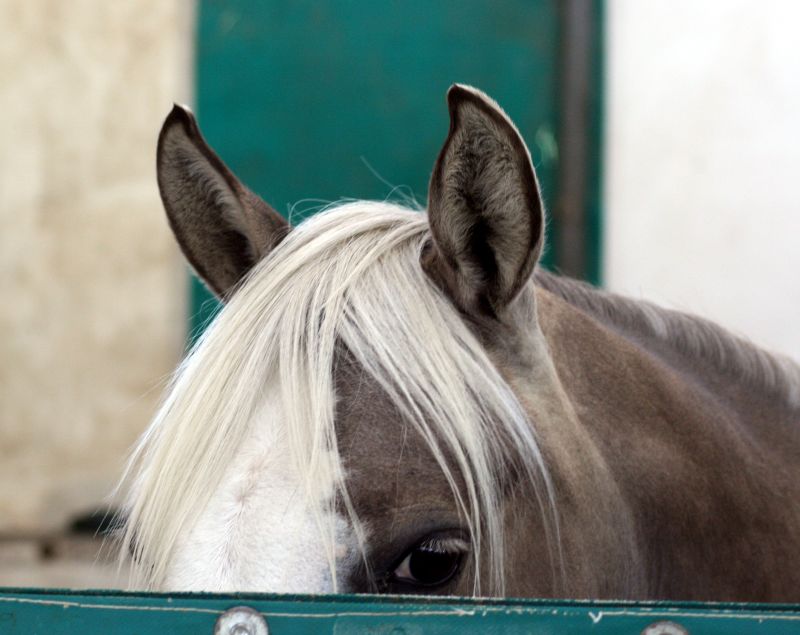
A horse’s ears function as highly mobile communication tools that provide instant insight into their mental state and focus. Forward-pointing ears generally indicate attention and interest, showing that your horse is engaged with whatever is in front of them. When the ears swivel to the side or back without being pinned flat, they’re often listening to something behind them or to you as their handler. However, ears firmly pinned flat against the neck are a serious warning sign indicating anger, fear, or imminent aggression—this signal should never be ignored. Rapidly moving ears that swivel in different directions suggest your horse is processing multiple inputs and may be uncertain or overwhelmed by their environment. Learning to monitor these ear positions during your interactions will give you moment-by-moment feedback about your horse’s changing emotional state.
Reading Facial Expressions
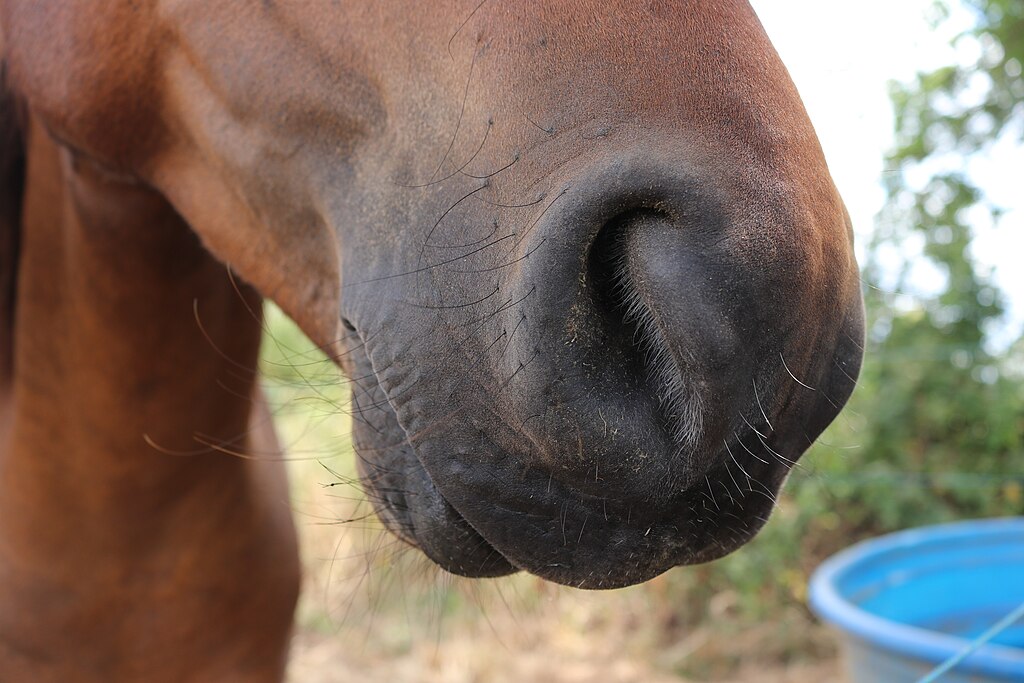
The equine face reveals a wealth of information about their emotional state through subtle muscle movements and tension patterns. Relaxed eyes with soft eyelids indicate contentment and comfort, while widened eyes showing the whites (often called “whale eye”) signal fear or strong concern. The horse’s nostrils also communicate important information—flared nostrils can indicate excitement, fear, or increased respiratory needs during exercise, while relaxed, softly moving nostrils suggest a calm state. Pay particular attention to tension around the muzzle and jaw—a soft, loose lower lip often indicates relaxation, while a tight, drawn muzzle suggests tension or anxiety. The more you practice observing these facial features as a complete picture rather than isolated elements, the better you’ll become at assessing your horse’s emotional state accurately.
Tail Talk: Understanding Tail Positions and Movements
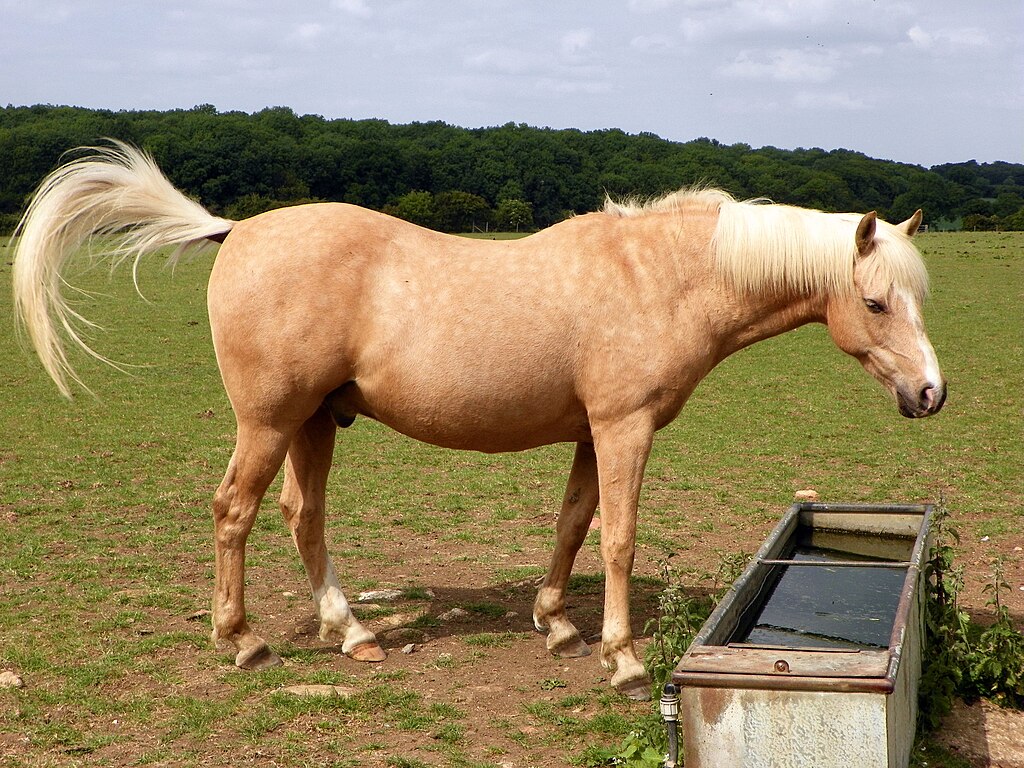
A horse’s tail serves as a barometer for their emotional state, with different positions and movements conveying distinct messages about how they’re feeling. A relaxed tail that hangs naturally indicates a comfortable, calm horse with no immediate concerns. Elevated tail carriage often signals heightened arousal or excitement, commonly seen during play or when a horse is feeling spirited. Rapid swishing or wringing of the tail typically indicates irritation or discomfort—this might be a response to insects, but when seen during riding or handling, it often signals physical or emotional distress that requires your attention. The clamped tail, held tightly against the buttocks, suggests anxiety or tension and frequently appears when a horse feels threatened or insecure. By monitoring tail movements during your interactions, you’ll gain valuable insights into your horse’s changing comfort levels and emotional responses.
Body Posture and Tension Patterns
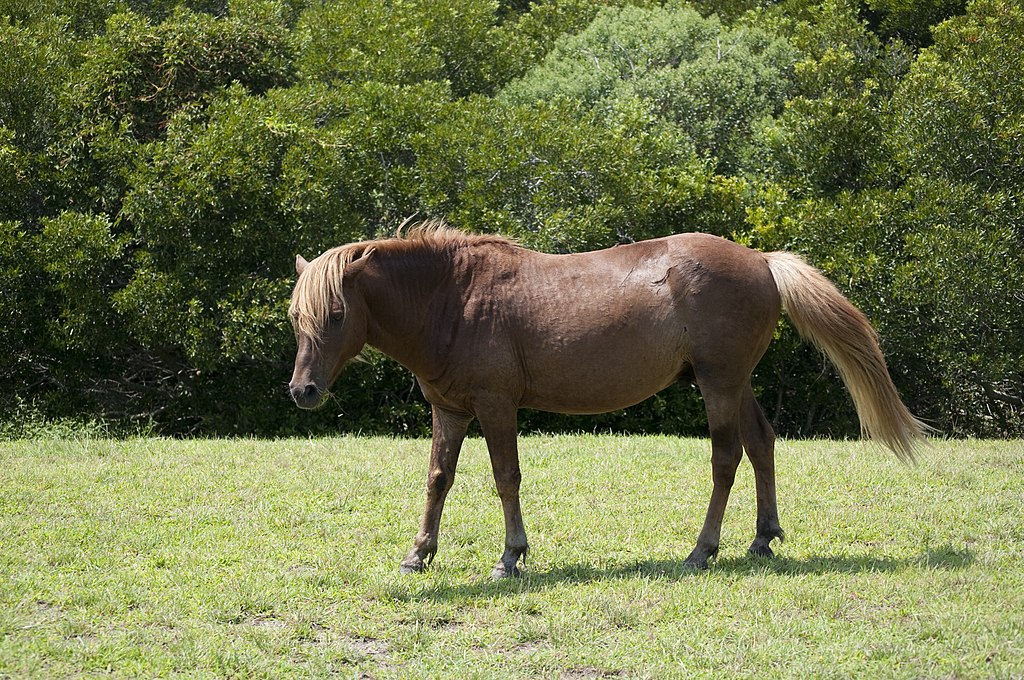
The overall posture of your horse communicates volumes about their mental and physical state, with tension patterns serving as key indicators of comfort or stress. A relaxed horse typically stands with even weight distribution, a slightly lowered head, and soft muscles throughout their body. Conversely, a tense horse may appear rigid, with weight shifted back (ready to flee) or forward (ready to defend), elevated head position, and visible muscle tightness, particularly through the neck and topline. Pay close attention to sudden changes in body posture during handling or riding—these shifts often precede more obvious behavioral responses. Learning to recognize the subtle differences between a horse who is physically collected and one who is emotionally tense will help you differentiate between productive training responses and stress reactions. Regular observation of your horse at rest in their natural environment will give you a baseline understanding of their relaxed posture, making deviations more apparent during your interactions.
Recognizing Signs of Relaxation and Contentment
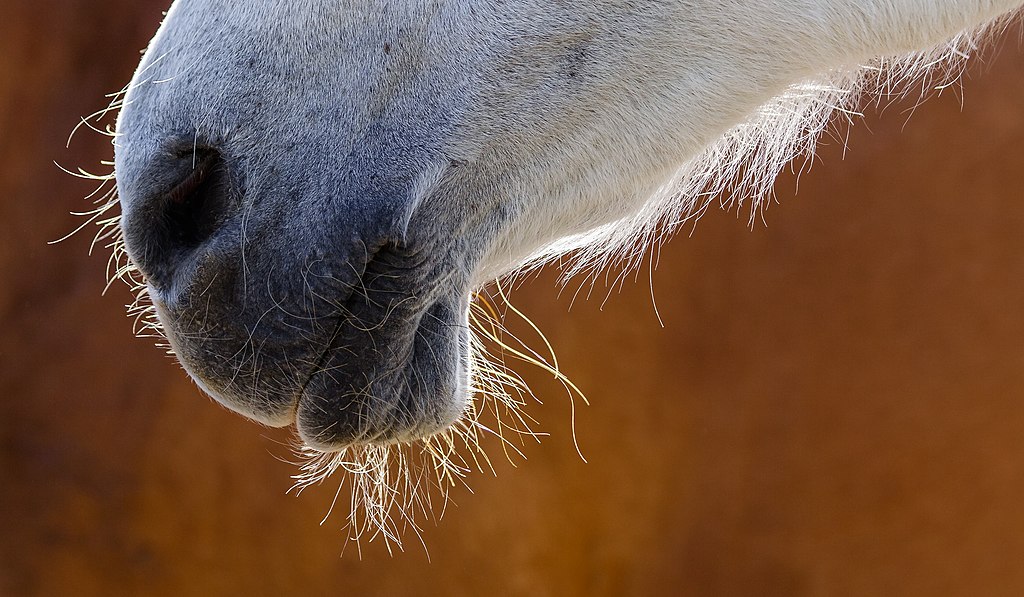
A content horse displays several unmistakable physiological and behavioral signs that indicate their comfort and trust in their environment. One of the most reliable indicators is the classic “soft eye”—a relaxed gaze with partially closed eyelids, giving the horse a dreamy, peaceful expression. Physical relaxation is evident through a lowered head carriage, neutral ear position (ears relaxed to the side), and loose, floppy lips that might occasionally result in the endearing “droopy lip” appearance. Another powerful signal of deep relaxation is when a horse engages in behaviors like licking and chewing outside of eating contexts, gentle sighing, or even offering a soft nickering sound in response to your presence. Perhaps most telling is the willingness to rest a hind leg by cocking it slightly, demonstrating they feel secure enough to temporarily reduce their readiness for flight. Recognizing these positive signals allows you to identify activities and interactions that promote your horse’s well-being and strengthen your bond.
Alert vs. Alarmed: Spotting the Crucial Difference
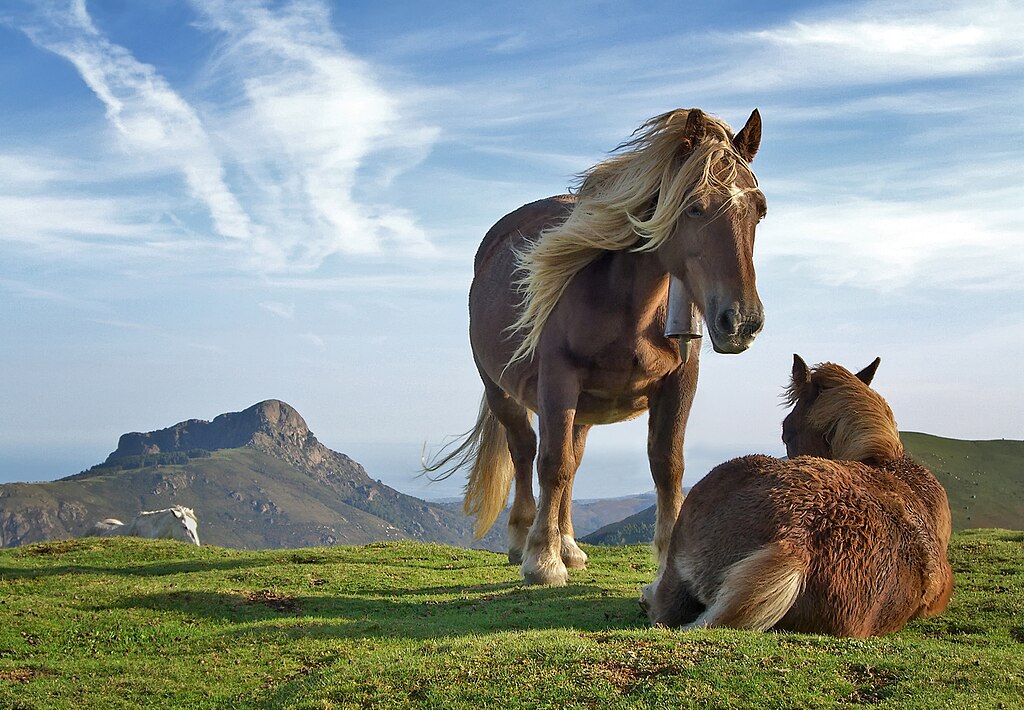
Understanding the distinction between a horse that is healthily alert versus genuinely alarmed can prevent potentially dangerous situations and improve your training approach. An alert horse shows interest in their surroundings with forward-pointing ears, bright attentive eyes, and an elevated but relaxed neck posture—they’re gathering information without feeling threatened. In contrast, an alarmed horse displays tension throughout their body with elevated head held high, widened nostrils, visible whites of the eyes, and muscles ready for explosive movement. The transition between these states is worth monitoring closely—an alert horse who begins snorting, freezing in place, or elevating their head progressively higher is shifting toward alarm. Reading these signals accurately allows you to adjust your approach before full-blown fear responses emerge, perhaps by giving the horse more time to process a new stimulus or by providing reassuring leadership. This distinction becomes particularly important when introducing horses to new environments, equipment, or experiences.
Understanding Aggressive and Defensive Postures
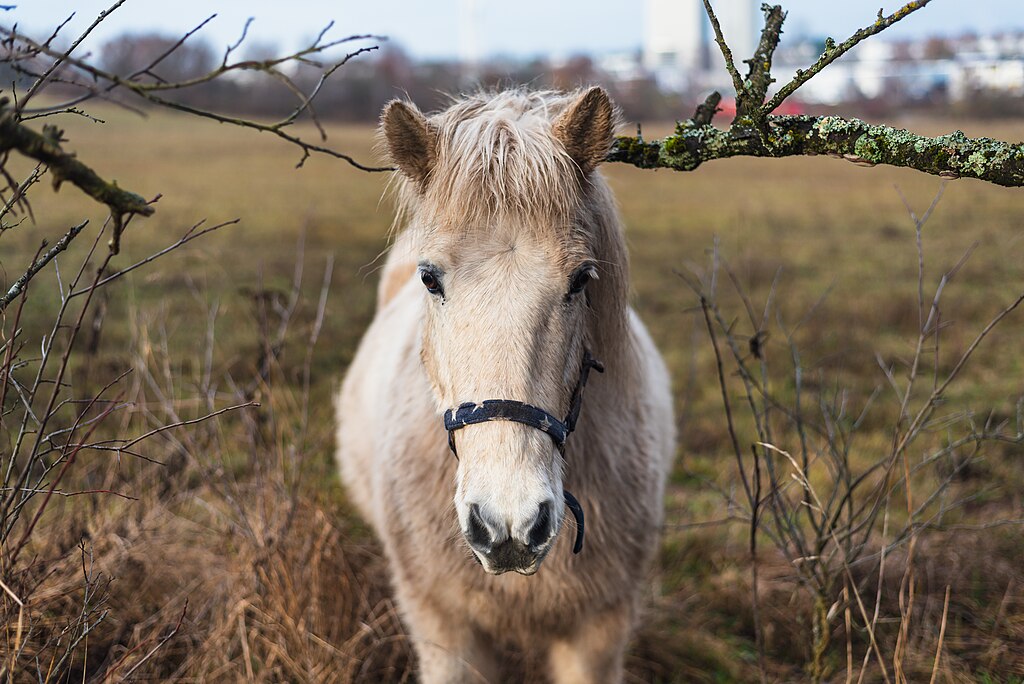
Recognizing the warning signs of aggression or defensive behavior is crucial for handler safety and addressing the underlying causes of these concerning responses. Offensive aggression typically involves forward-directed energy—the horse moves toward the perceived threat with ears pinned back, neck extended, and teeth potentially bared in preparation for biting. Defensive aggression, by contrast, often features hindquarter-oriented threats with the horse positioning to kick, swishing their tail vigorously, and showing tension through their hindquarters while keeping their eye on the perceived threat. Both types of aggressive display are preceded by subtle warnings that attentive handlers can detect, including progressive ear pinning, increasing body tension, and cessation of normal relaxed behaviors. Understanding context is vital—aggression rarely occurs without provocation and may result from pain, fear, territorial protection, or learned behavior that has been inadvertently reinforced. When you observe these warning signs, creating immediate space and reassessing the situation is the safest approach before attempting to address the underlying cause.
Interpreting Movement Patterns and Gait Changes
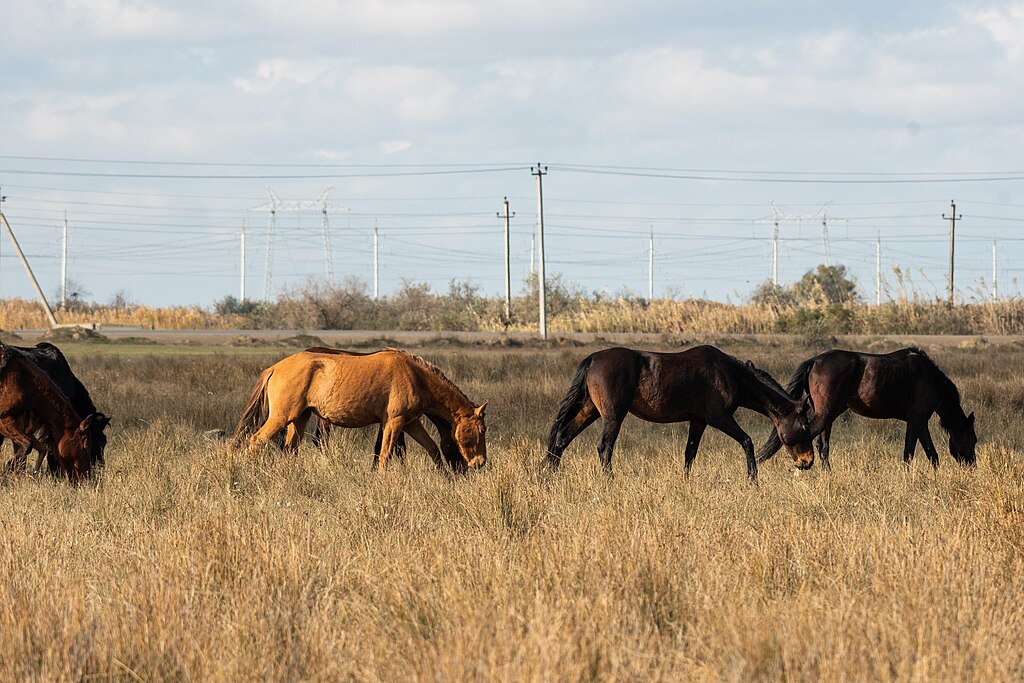
The way your horse moves offers valuable insights into both their physical and emotional state, with changes in movement patterns often being the first indication of discomfort or confidence issues. A relaxed, comfortable horse typically moves with rhythmic, even strides and natural head bobbing appropriate to their gait, maintaining consistent energy and direction. Watch for subtle alterations such as shortened stride length, irregular rhythm, hesitation before transitions, or reluctance to move freely in certain directions—these can signal physical pain or emotional resistance that warrants investigation. Beyond basic soundness issues, emotional states profoundly impact movement quality—anxiety often produces rushed, choppy strides with elevated head carriage, while confidence problems may manifest as balking, sudden stopping, or erratic speed changes. In contrast, a horse moving with expressive, floating strides with consistent rhythm typically demonstrates both physical comfort and mental engagement. Developing sensitivity to these movement nuances allows you to address potential problems before they escalate into more serious training or health issues.
Social Interactions: Herd Dynamics at Play
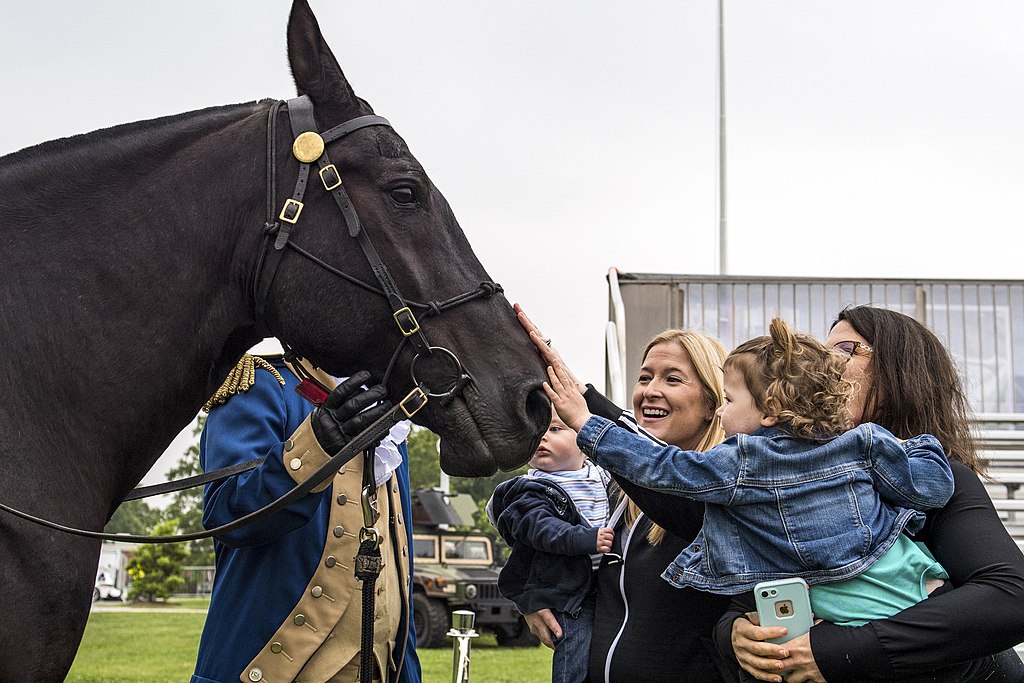
Observing how your horse interacts with other equines provides a window into their natural communication style and personality traits that influence your partnership. Horses establish clear social hierarchies through subtle exchanges that often involve space control—dominant horses make others move through ear pinning, body positioning, or more overt threats if subtle cues are ignored. Pay attention to whether your horse tends to be more assertive or submissive in these interactions, as these traits often transfer to human relationships. Horses who groom each other (known as allogrooming) are demonstrating bonding and trust, while those who maintain personal space bubbles may have more independent personalities. Watching play behavior is particularly revealing—horses who engage in mutual play with appropriate self-handicapping typically show good social intelligence. Understanding your horse’s natural position in social hierarchies helps you provide appropriate leadership—too forceful an approach with naturally dominant horses can create conflict, while too passive an approach with others may create insecurity and confusion.
Ground Manners: Reading Responses to Handling
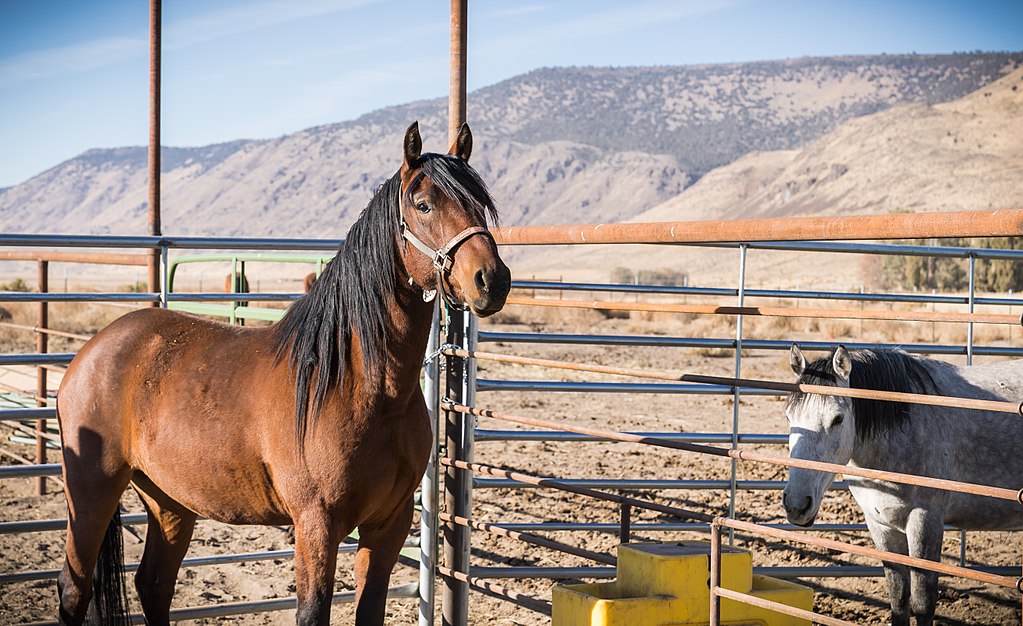
Your horse’s body language during routine handling procedures reveals significant information about their training, trust level, and potential concerns that might affect your relationship. A respectful horse who feels comfortable during handling typically maintains a polite distance without crowding your space, shows attentiveness without tension, and responds to gentle cues without resistance or resentment. Watch for subtle evasions during specific handling tasks—a horse who consistently turns their head away during bridling, shifts weight when a particular area is groomed, or tenses when asked to lift a specific foot is communicating discomfort that deserves investigation. Leading exercises provide particularly valuable insights—a horse who walks beside you maintaining a consistent position with relaxed body language demonstrates both respect and confidence in your leadership. Negative patterns like rushing ahead, lagging behind, or leaning into your space indicate either confusion about expectations or attempts to control the interaction. Addressing these communication gaps during groundwork creates a foundation of clarity that transfers to all aspects of your partnership.
Recognizing Pain Signals in Body Language
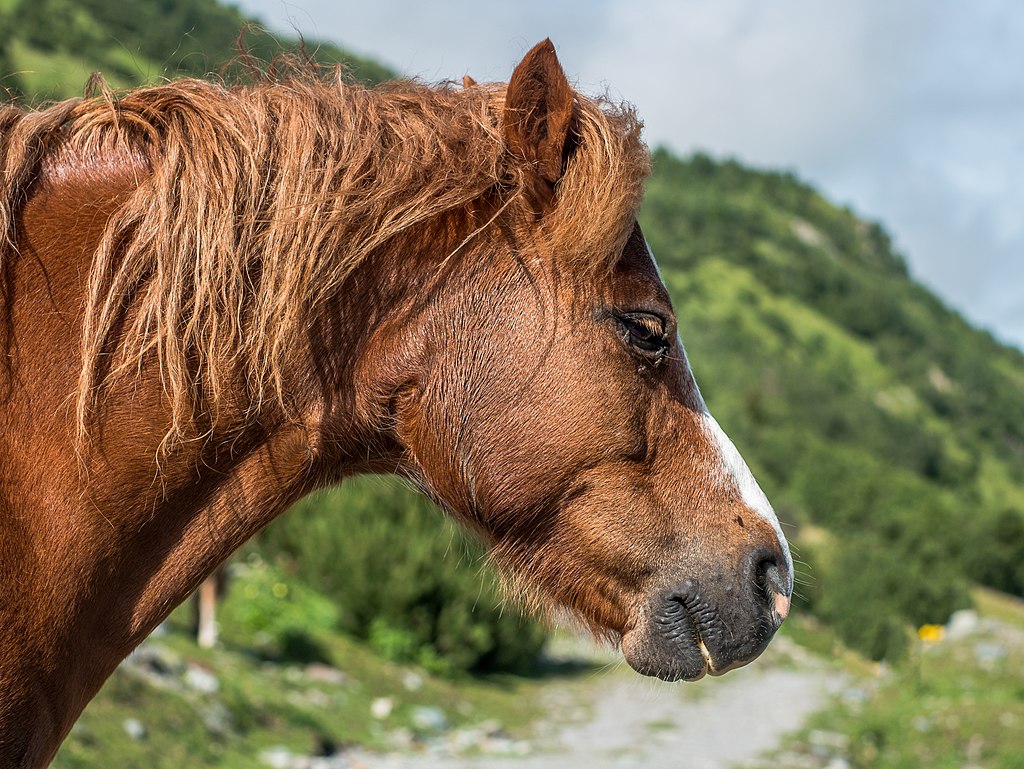
Horses are stoic creatures who have evolved to hide pain as a survival mechanism, making the subtle signals of discomfort easy to misinterpret as behavioral issues. Common pain indicators include changes in facial expression such as tightened muscles around the eyes and muzzle, a fixed or glazed stare, or frequent grimacing, particularly when specific areas are touched or pressure is applied. Behavioral changes like reluctance to be caught, new aggression during girthing, or resistance to movements that were previously performed willingly often have pain-based origins. Pay particular attention to asymmetry in muscle development, movement patterns, or responses to similar requests on different sides of the body. Chronically painful horses may also display less obvious signs like decreased social interaction, altered eating habits, or unusual postures at rest such as consistently pointing a front limb or standing with their hindquarters against a wall for support. Learning to differentiate between pain responses and training resistance is critical for ethical horsemanship—when in doubt, consulting with veterinary professionals before increasing training pressure can prevent unintentional cruelty and preserve your horse’s trust.
Building Your Observation Skills Through Practice
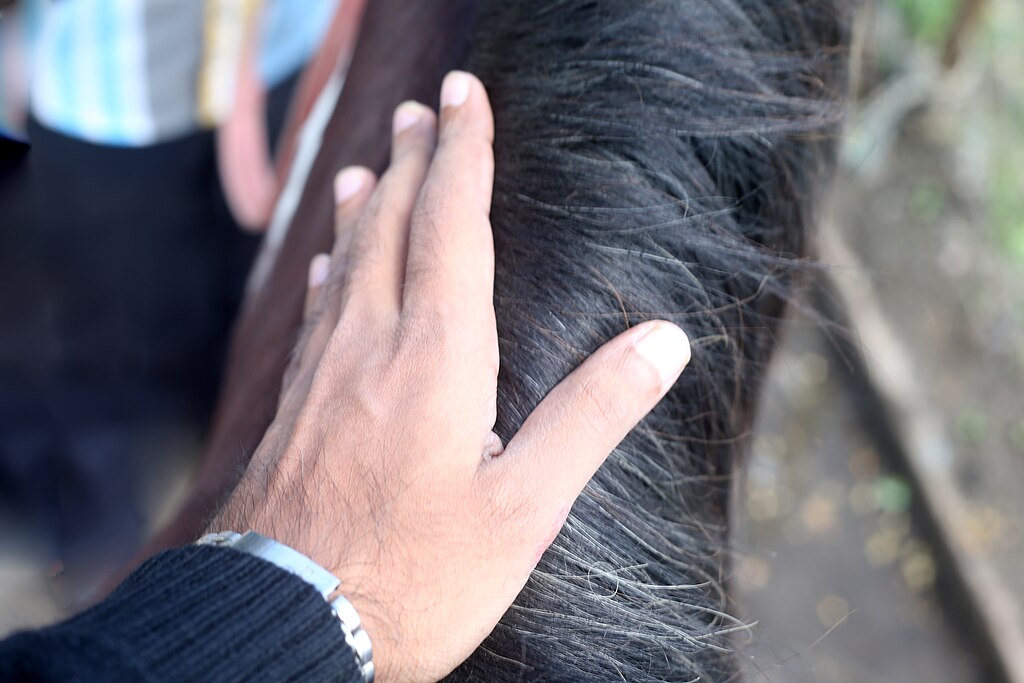
Developing fluency in equine body language requires deliberate practice and systematic observation over time. Begin by establishing regular observation sessions where you simply watch your horse in different contexts—relaxing in their paddock, interacting with herd mates, encountering new objects, and responding to routine handling. Take detailed notes about what you see, paying particular attention to how body language changes in response to different stimuli or requests. Video recording your interactions provides invaluable feedback, as you can review the footage to catch subtle communications you might miss in real-time, especially noting your horse’s responses to your own body language and cues. Challenge yourself to identify emotional states before obvious behaviors occur—can you spot the tension building before a spook or the relaxation deepening before a peaceful connection moment? Sharing your observations with experienced horse people and professionals provides valuable perspective and helps refine your interpretation skills. With consistent practice, what initially seems like subtle or random movements will gradually reveal themselves as a sophisticated communication system that allows for increasingly nuanced exchanges between you and your equine partner.
Creating Two-Way Communication With Your Horse
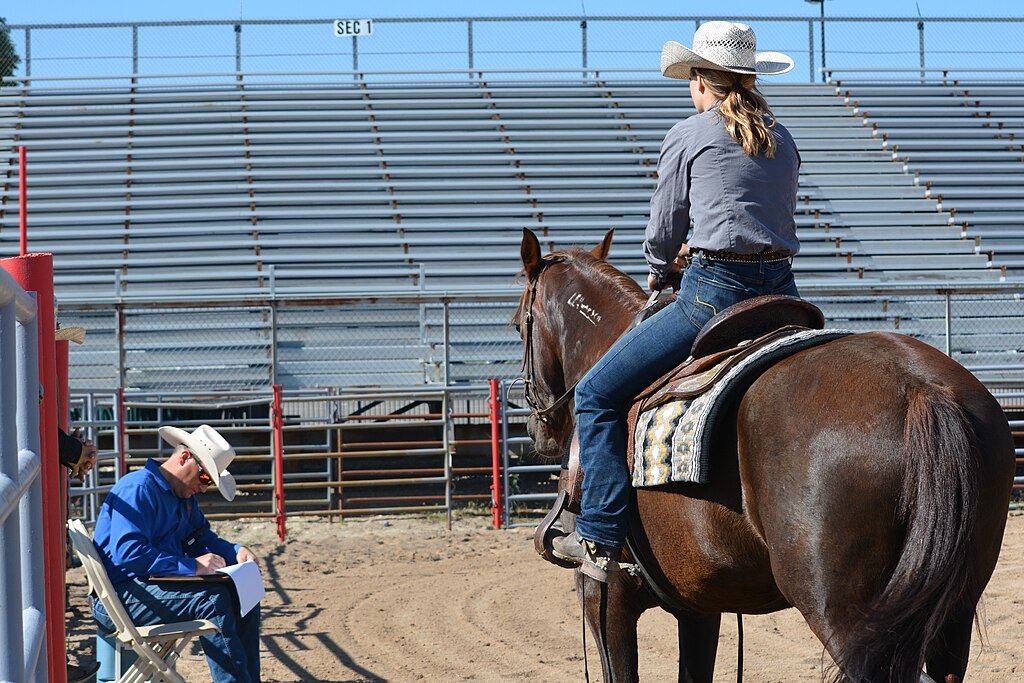
True partnership with horses extends beyond simply reading their signals—it involves establishing a reciprocal communication system where your body language becomes as meaningful to them as theirs is to you. Horses are remarkably attuned to human posture, breathing patterns, muscle tension, and gaze direction, often responding to these unconscious cues more than our intentional signals. Developing awareness of your own physical presence allows you to communicate with greater clarity and consistency. Practice using minimal, clear body language by thinking of your energy as either drawing the horse toward you (inviting, inhaling, opening) or creating space (exhaling, directing, setting boundaries). Experiment with how subtle changes in your position and energy affect your horse’s responses—can you invite movement with just your focus and energy, or stop movement by grounding your own energy? The most advanced partnerships feature “feel,” that seemingly magical connection where horse and human respond to increasingly subtle cues in harmonious conversation. This level of communication develops gradually through consistent, mindful interaction and mutual respect, creating a dance-like dialogue that transcends conventional training approaches.
Conclusion
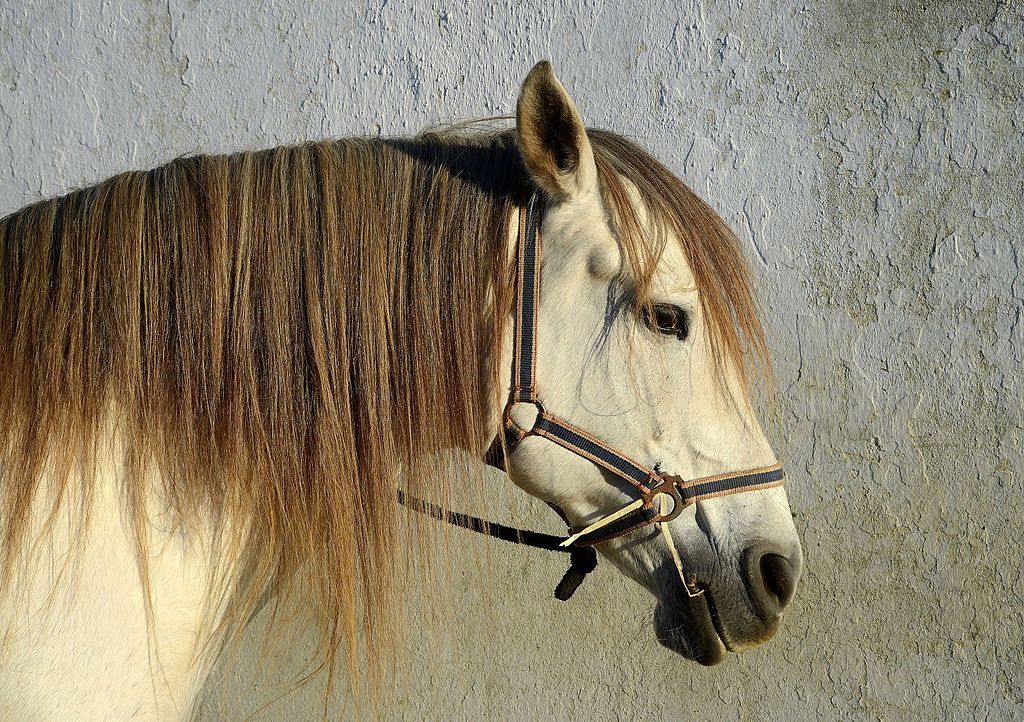
Understanding your horse’s body language transforms routine care and training into meaningful conversation, creating a foundation for trust and cooperation that no training technique alone can achieve. As you become more fluent in reading equine communication, you’ll find yourself able to address your horse’s needs before small concerns become major issues. Remember that this language learning process requires patience—your horse has been speaking this language their entire life, while you’re still developing your fluency. The journey of learning equine body language is ongoing, with each horse offering new dialects and nuances to master. The reward for this dedicated observation is a partnership built on genuine understanding, where both species transcend their natural communication barriers to create something truly extraordinary—a cross-species connection based on mutual respect and clear communication.

